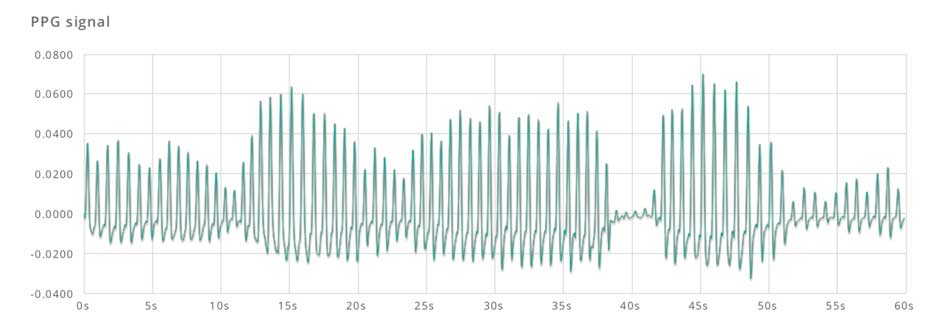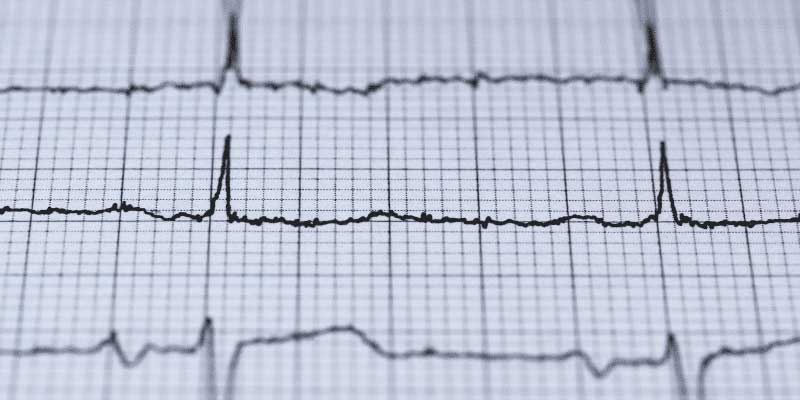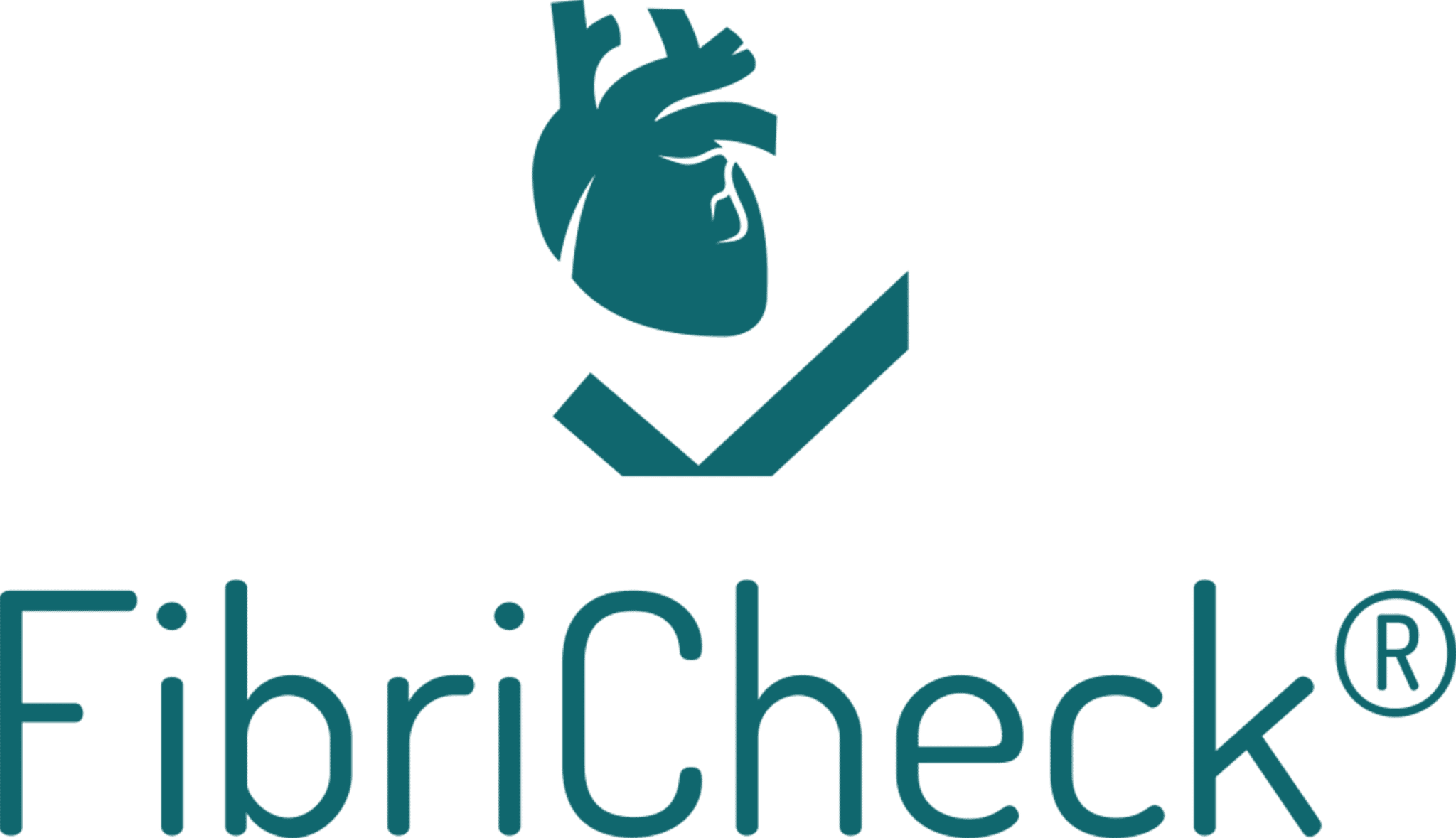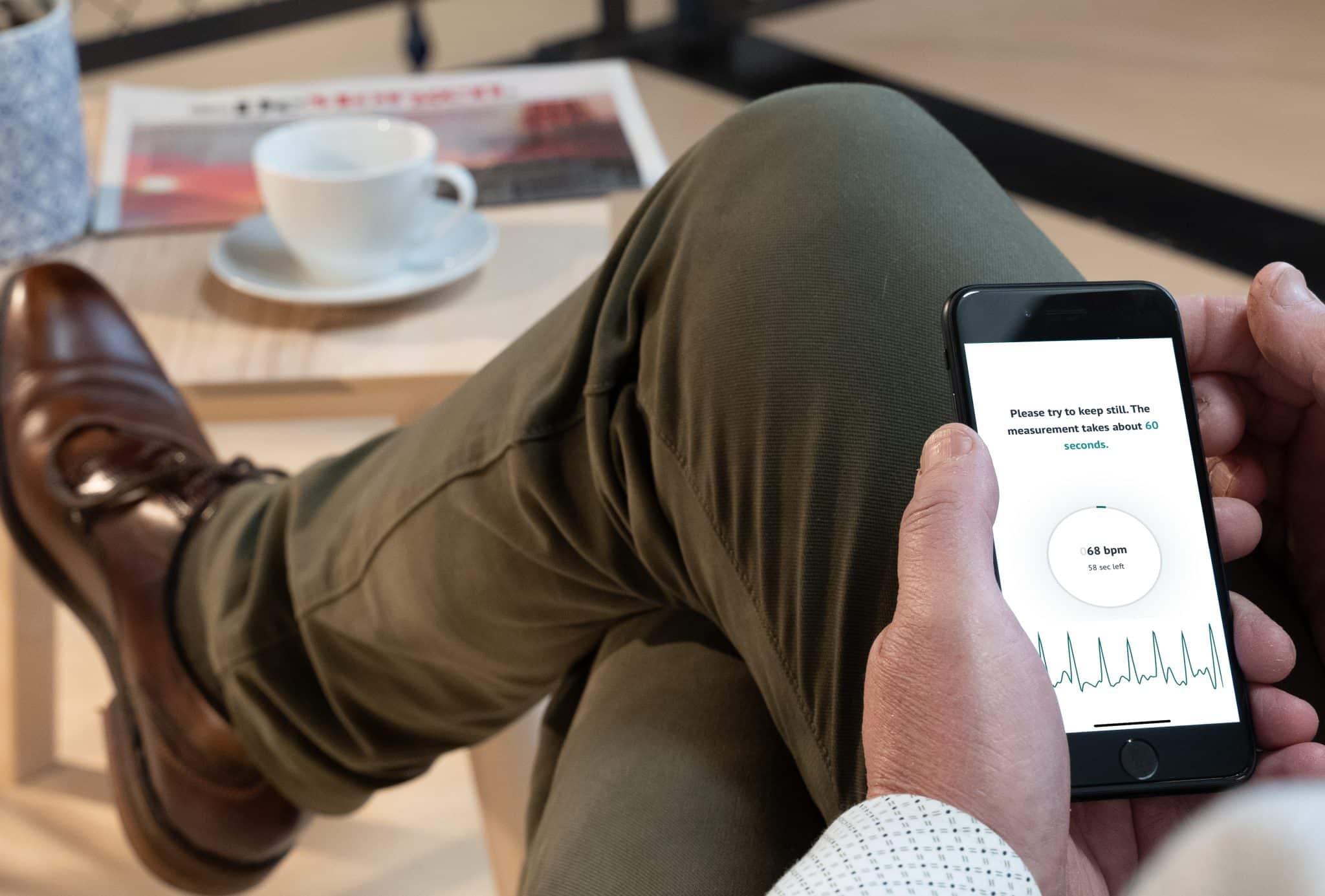Knowing the state of your heart rhythm is important, as heart rhythm disorders can increase your risk of serious complications such as stroke. In some cases, an irregular heart rhythm can cause discomforting symptoms which may affect your daily life. In other cases, you might not experience symptoms at all. This way, it may be that you aren’t even aware of having a heart rhythm disorder. As the ESC guidelines state that at the index age of 55, there is a 1 in 3 lifetime risk of suffering a heart rhythm condition called atrial fibrillation, it’s a wise decision to check your heart rhythm regularly.
Your heart rhythm can be monitored with photoplethysmography (PPG) or an electrocardiogram (ECG). In this article, we’ll give you an overview of the characteristics of both technologies. We’ll also discuss the differences between them and the way that FibriCheck implements PPG to support you on your journey to better heart health.
What is PPG?
PPG stands for photoplethysmography, which is a technology that measures your heart rhythm using a detector and a light source on the surface of your skin. Every time the heart pumps, it causes the blood vessels to expand briefly, after which they will relax again. Various clinical studies concluded that PPG-technology is effective and accurate to monitor this process.
At FibriCheck, we utilise this technology using the flashlight and camera of your smartphone. Our medically certified AI algorithm immediately analyses your measurement, which results in a set of graphs that can be verified by our team of medical experts and interpreted by your physician. The PPG-measurement gives us valuable information about your heart rhythm, which we translate into a report that you can easily understand and share with your physician if necessary.

What does ECG stand for?
ECG is the abbreviation for electrocardiogram. This is a test that can be done to check the electrical activity of your heart. An ECG needs to be carried out by a healthcare professional, who will attach sensors to your skin that can detect the electrical signals which are produced by your heart every time it beats.
With the information from the ECG, your physician can diagnose you with a series of heart conditions, such as arrhythmias, coronary heart disease and heart attacks. The ESC guidelines currently state that an ECG is necessary to diagnose heart rhythm disorders.
There are several types of ECGs, such as:
- a resting ECG, which will measure your heart rhythm when you’re at rest
- a stress ECG, which will measure your heart rhythm while you’re doing physical exercise (for example using an exercise bike or a treadmill)
- an ambulatory ECG (also known as a Holter monitor), in which case the electrodes used to perform the ECG are connected to a small portable machine. This way, your heart rhythm can be monitored for a longer period of time.

Why does FibriCheck use PPG-technology?
At FibriCheck, we make use of PPG as it’s a non-invasive tool which can be used at any time and any place, without the need for additional hardware. Most heart rhythm disorders only appear every now and then, which is why you can benefit from continuous monitoring with PPG-technology.
Although an ECG can measure the heart rhythm in a qualitative and accurate way, it only does so for a brief period of time and requires the guidance of a physician. Due to the irregular nature of heart rhythm disorders, and the possible waiting lists for ECG-monitoring, it may be that some heart rhythm disorders are not diagnosed right away.
As early diagnosis and treatment improve the outcome of heart rhythm disorders, you can measure your heart rhythm regularly with FibriCheck. With the data gathered from your measurements, you will receive various reports which give you an insight into your heart health. With these reports, we support your physician in providing you with a diagnosis and the correct therapy in a quick and effective way.
Also read:
References:
https://academy.fibricheck.com/hc/en-be/articles/6965182064412
https://www.ncbi.nlm.nih.gov/pmc/articles/PMC6426305/
https://www.nhs.uk/conditions/electrocardiogram/
Created on June 24th, 2019 at 03:27 pm
Last updated on July 24th, 2023 at 03:34 pm





